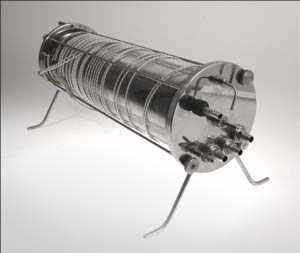A new prototype of a miniature generator which runs on solar power has been developed in the country Israel and is going to be sent to the International Space Station by NASA in their maiden launch of the year 2020.
This new generator had been designed by Jeffery Gordon who is the professor from the Ben-Gurion University of the Negev which had been funded by a research grant from the ministry of Science, Space and Technology with the help from the colleagues in United States from the University of Illinois, Pennsylvania State University, HNU systems, US Naval Research Laboratory, North-western University and George Washington University.
The prototype contains a low-mass, moulded-glass solar concentrator which is compact and bonded with an integration of the transfer-printed solar cells of micro-scale. Every one of these cells is made up of a lot of different materials which together with one another can efficiently and effectively utilize and exploit the solar spectrum.
It can be noted that this generator has been known to provide specific power which has not been done before while it also has liberal optical tolerance for the accommodation of errors especially the errors from pointing at the thermal distortion, structural vibration and Sun.
This generator is 1.7mm thick and has solar panels of 0.65mm. Although, currently the team has been working on a model which is of a second-generation that is going to be able to increase its power output further and is going to be dictated in advance for the usage of the solar panels that have just about a quarter of that width and are being developed presently at the Naval Research Laboratory in United States.





